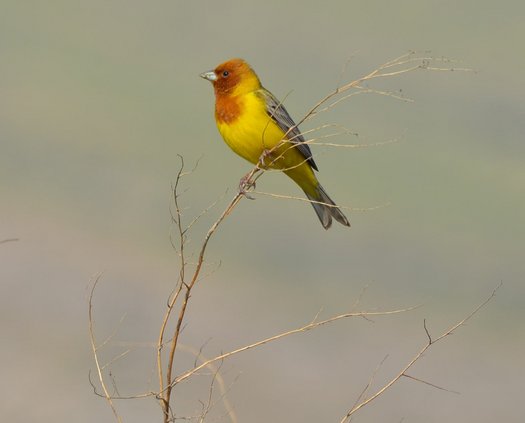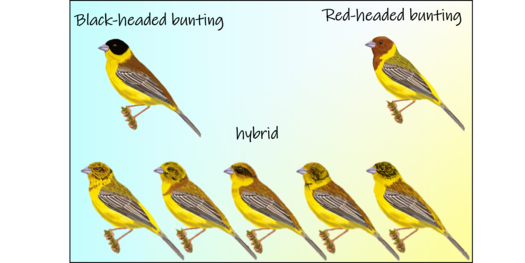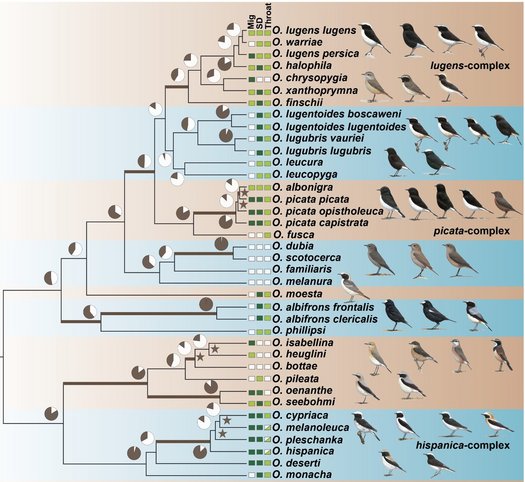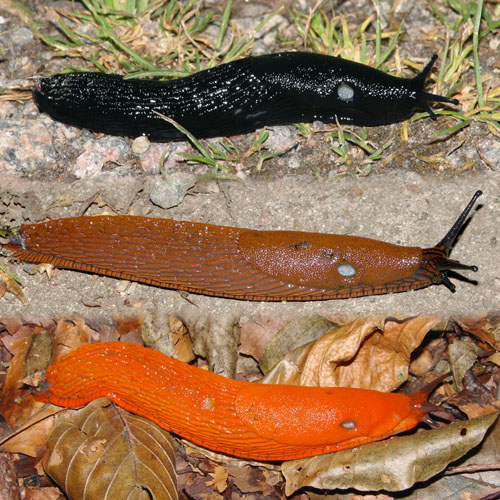Hybrid zones are defined as areas where genetically differentiated groups of individuals meet, mate, and produce offspring of mixed ancestry. For decades’ hybrid zones have been considered as natural laboratories that can provide direct insights into the traits and genes underlying barriers to gene flow between incipient species. Yet, we still have a poor understanding of which genomic regions underlie such initial stages of reproductive isolation and whether the strength of selection associated with those mechanisms can effectively reduce gene flow over time and hence facilitate species formation. Addressing these longstanding questions requires studying hybrid zones where traits associated to reproductive isolation can be measured, and where temporal sampling over several generations is available. Here, we address these questions using the hybrid zonebetween two songbirds – black-headed bunting Emberiza melanocephala and red-headed bunting E. bruniceps – where species are hypothesized to be behaviourally isolated due to association between male signalling (such as plumage) and female preference. By integrating whole genome sequencing methods with genotypic and phenotypic studies of museum collections of the hybrid zone spanning the last ~25 generations, we will assess:
- How heterogeneous is the genomic landscape of differentiation?
- Which genomic regions are associated with the plumage traits?
- How does selection in those regions maintain local genetic differentiationover time in the face of gene flow?
Addressing these questions in the bunting hybrid zone will provide general insights into how coloration traits involved in reproductive isolation evolve, and how they contribute to maintaining species boundaries at early stages of species formation. Additionally, this research program will provide a transferable framework to demonstrate how museum collections provide unique windows for understanding the role of hybridization over time, insights that often cannot be achieved from extant populations alone.
In coorporation with Dr. Ricardo Pereira internally and Dr. Reto burri from Schweizerische Vogelwarte Sempach and Prof. Dr. Holger Schielzeth from Friedrich-Schiller-Universität Jena




